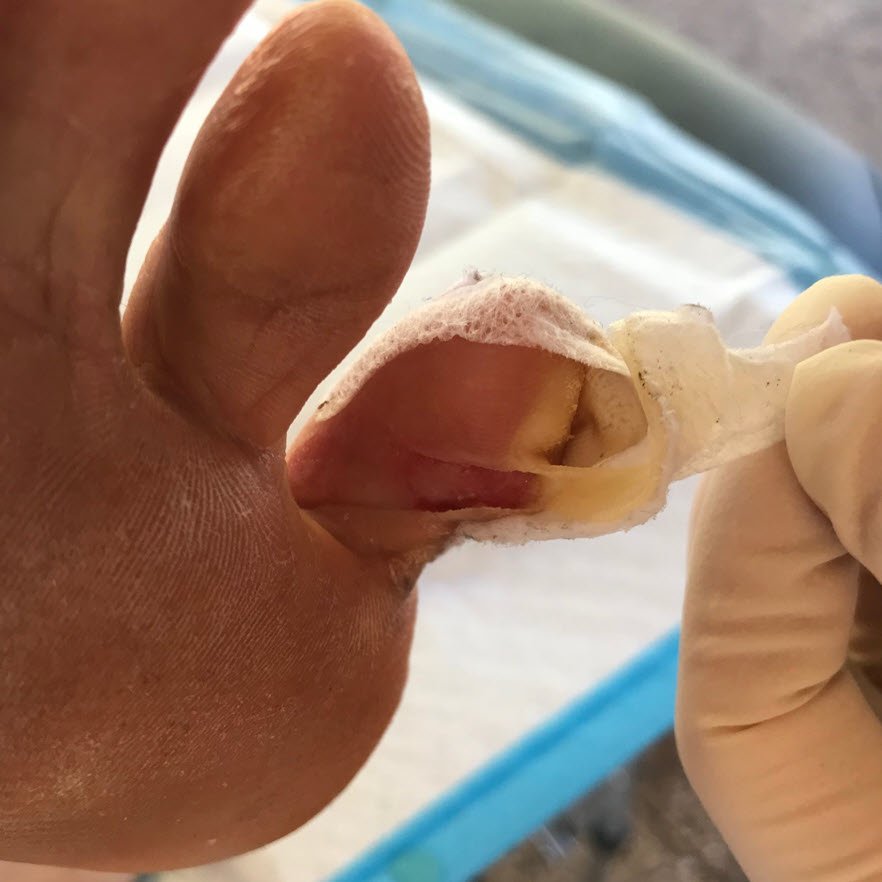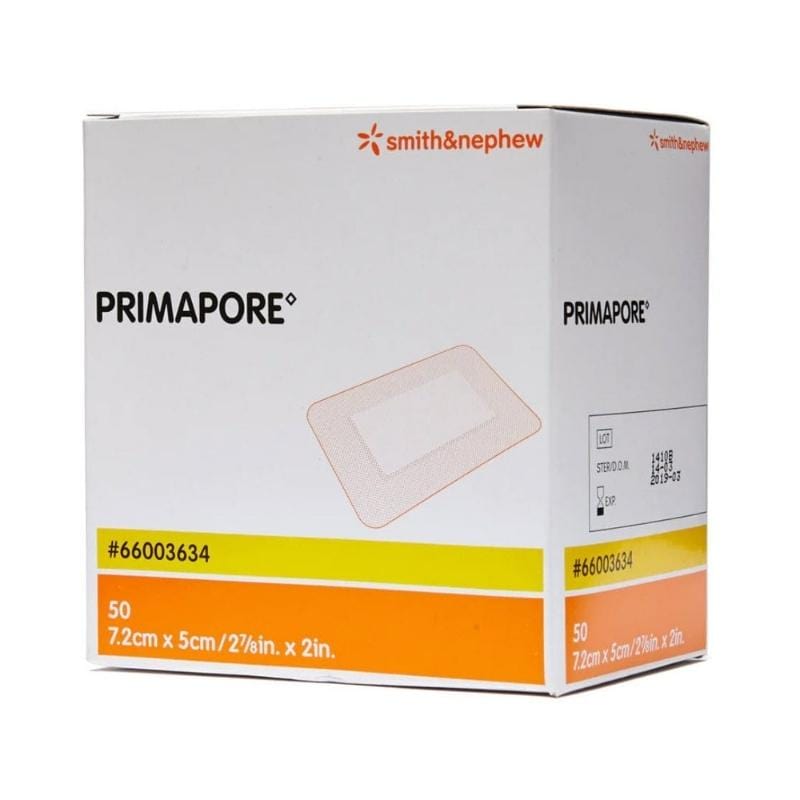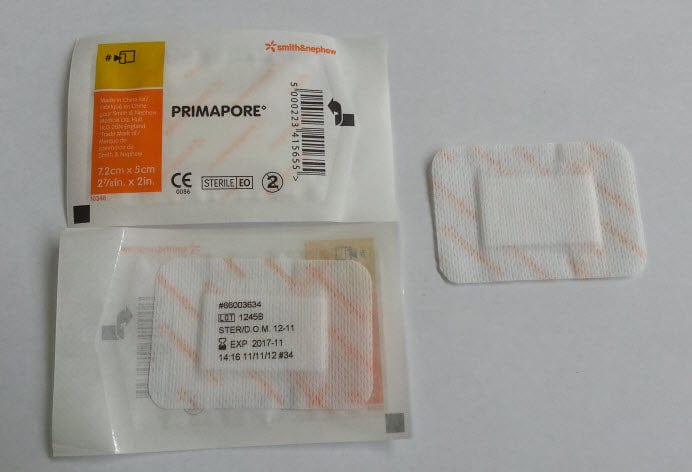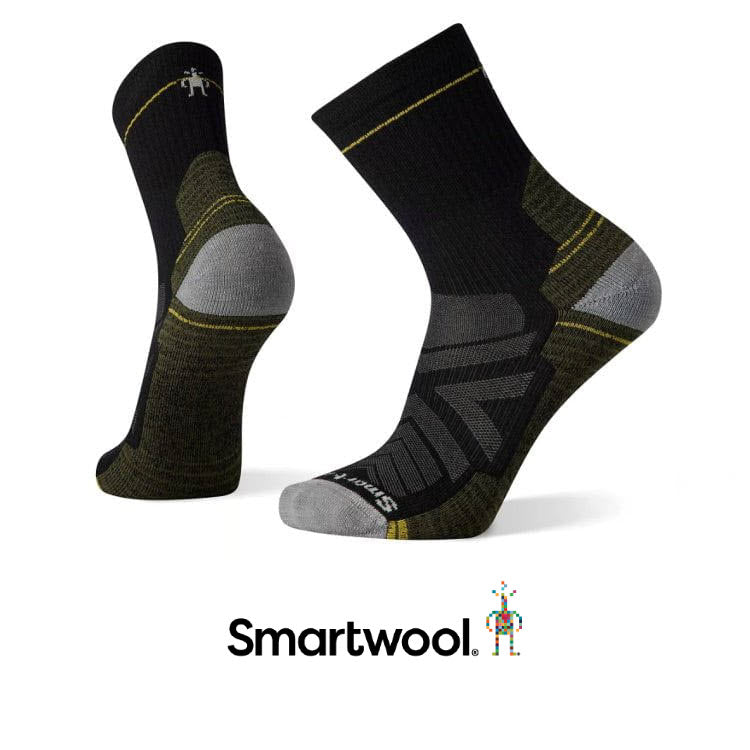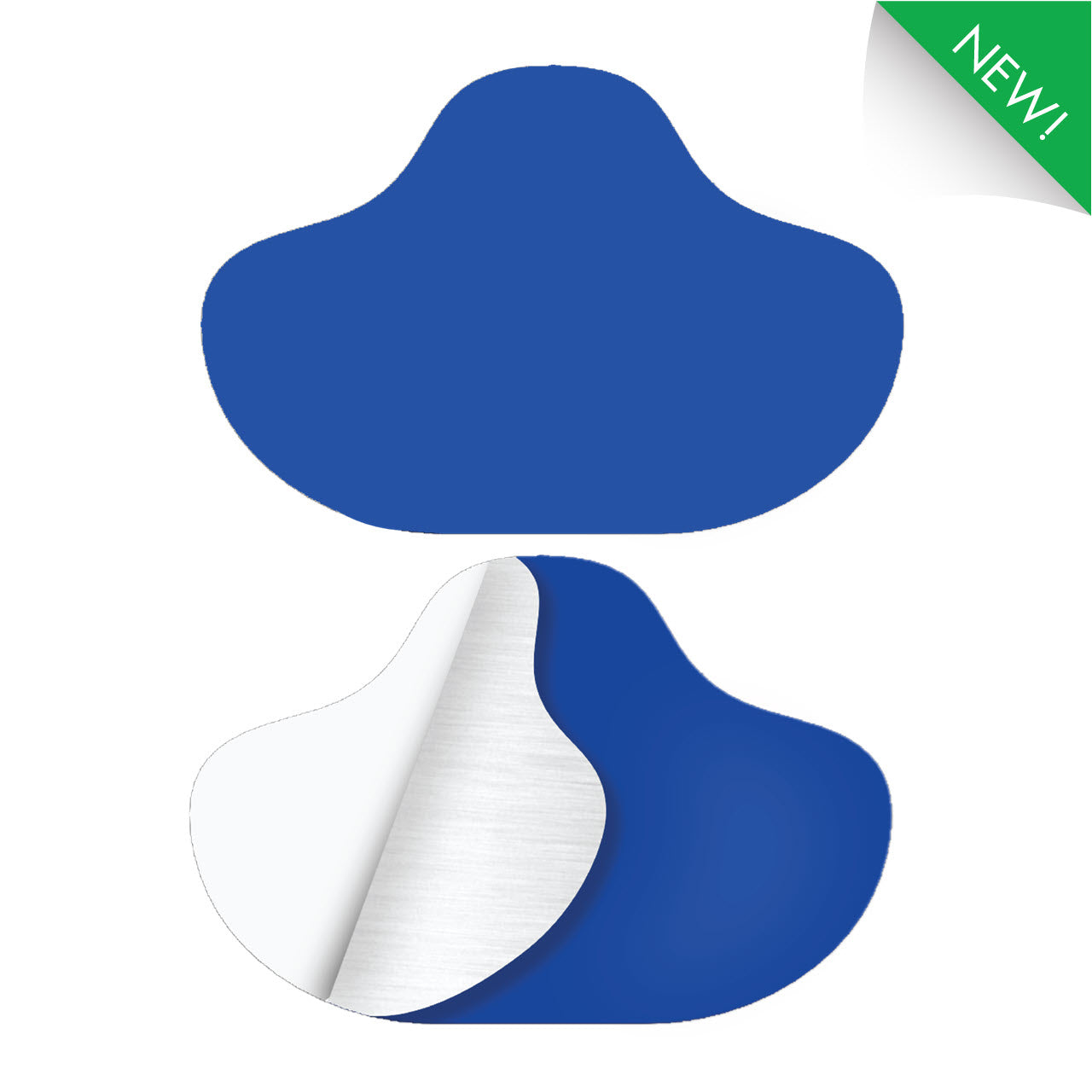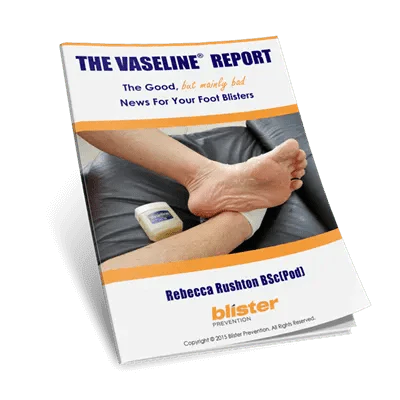See the ridge of white skin on this pinky toe? This started as a pinch callous - a ridge of thickened skin under the toe. Pinch callouses are common. They are caused by the pinky toe curling and twisting so it sits a little under the next toe. The soft tissue of the pinky toe gets squashed and almost becomes triangular in shape with a ridge of hard skin developing as a result.
Here's how this pinch callous turned into a pinch blister, and why the pinch blister started to deroof:
- This pinky toe has a pinch callous as a result of normal daily activities.
- The toe was pre-taped before an ultramarathon. That is, tape was applied as a preventive strategy.
- The tape didn't work as a preventive strategy (it often doesn't) and so the pinch callous turned into a pinch blister.
- Plus, because the toe was taped for so long (this was a multiday ultramarathon), the skin macerated too (white, waterlogged, soggy skin).
- So now we have tape over a macerated blister. Of course, blistered skin is weakened because it has lost its structural connection to deeper layers.
- When it comes time to remove the tape, the blister roof rips off with it.
Was it the tapes fault?
This toe was taped with Fixomull Stretch (known as CoverRoll in the USA). But it could have been any adhesive tape or plaster, like Compeed or Moleskin, RockTape or KT tape, paper tape or Micropore, Leukotape or Duct Tape.
The problem was trusting tape as a preventive strategy
This pinch callous was always going to turn into a blister. If you’ve got a pinch callous on one of your toes, it is very likely to blister in a race or endurance situation. In this 6-day ultramarathon race, it was bound to happen. Taping just doesn’t do enough to nullify the blister-causing forces surrounding a pinch callous.
How can you stop a pinch callous from turning into a blister?
Here are two better options:
1. Use an island dressing
A better approach is to apply an island dressing as a preventive strategy.
- The "island" is absorbent and will absorb a little moisture.
- It’s also slightly padded so it will provide more cushioning than tape alone.
- The island is non-adhesive, so if the worst happens and it does blister, you won't be ripping any skin off. It will simply lift away from the weakened skin without damaging it further.
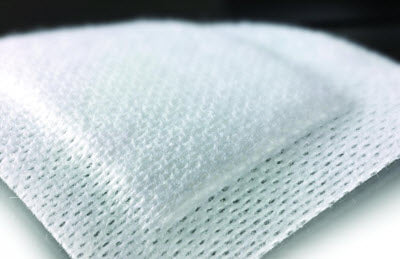
An island dressing.
2. Use a gel toe protector
The gel material of gel toe sleeves and caps does an amazing job of absorbing blister-causing forces. This is never more necessary than when we have pinch callouses and we're trying to prevent pinch blisters. However, maceration can be an issue as sweat can't evaporate. For this reason, you should not place a gel toe protector directly onto blistered skin.
I recommend that people taking part in multiday events to trust a gel toe protector for as long as possible. If/when maceration becomes an issue, switch to an island dressing. That way you've had the benefit of excellent shear absorption, and you can get yourself over the line with a different strategy. Either revert back to the island dressing. Or if you've got a long way to go or your toe is painful already, try this advanced strategy.
Wrapping up
Be careful about relying on taping alone to stop your pinch callous from turning into a pinch blister. Firstly, it might not work. Secondly, it may well make your blister so much worse.
Macerated and blistered skin is weakened skin. It has lost its anchoring to deeper layers. With tape stuck to it, this is what can happen as you peel the tape off. The weak skin tears because the adhesion of tape exceeds the skin’s weakened resistance to the pulling force.
